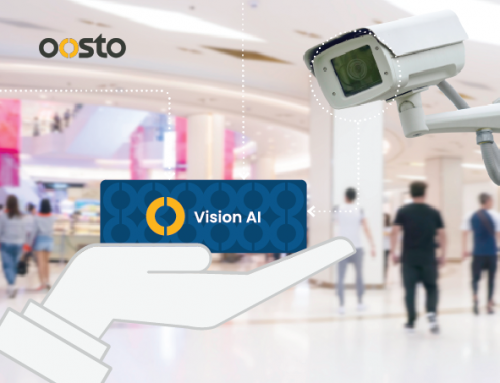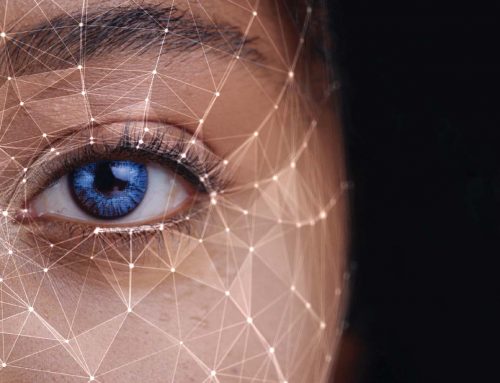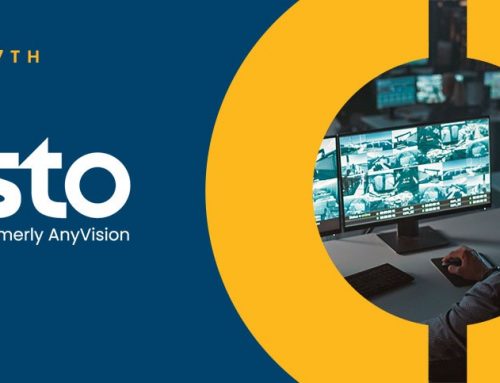[Infographic]
10 Reasons to Switch to Frictionless Access Control
By Dean Nicolls, Chief Marketing Officer in Oosto
There’s a lot of discussion in the security industry about touchless access control.
This is hardly surprising in the wake of Covid-19, when every surface that an employee comes in contact with could be a wellspring for germs and disease. In fact, just last month, Oosto sponsored a research study with Bio-Lab Ltd., which highlighted some of the germiest places in the office. The findings also highlighted other high-traffic areas, including interior and exterior door handles, which are also quite “germy.”
In markets where hygiene is paramount, a touchless access control solution can eliminate the need for medical professionals to present a badge to enter an operating room after scrubbing up. It can also be used to protect highly sensitive areas, such as private staff areas, medical drug cabinets, and the pharmacy.
But for organizations trying to lure their employees back to the office, going touchless may just be table stakes. More and more organizations are taking things a step further and going “frictionless” which means that the authorized employee doesn’t even need to break stride when passing through a security door or turnstile. No more fumbling in your pocket or purse to find your cardkey, fob or smartphone – just look forward and the doors magically open.
Plus, with traditional cardkeys or keypads, there’s the very real risk of cardkey/code sharing, and tailgating, which presents obvious security threats. Moreover, these traditional systems can create bottlenecks as users try to find their badge or mobile app which can cause long delays and queues.
Frictionless access control validates an individual and permits access into a defined area without the individual needing to stop and present a credential, thereby dramatically changing how individuals gain access into secure areas.
Perhaps, the most frictionless technology – and the one that’s starting to gain serious market traction – is facial recognition which can authenticate a person’s identity and determine if the individual has permission to enter that area. Facial recognition is especially ideal in large corporate offices where there is a high throughput of employees entering the building during peak morning hours. This is where speed, accuracy, and convenience must converge to deliver a great user experience without sacrificing security.
Modern facial recognition technologies can even detect if a person is not wearing a mask and alert security to ensure all individuals are adhering to established safety mandates and protocols. And yes, these same facial recognition technologies can detect authorized personnel (with a very high level of accuracy) even when they’re wearing a mask or if they happen to look away from the camera or sensor, thanks to the technology’s advanced deep learning algorithms.
Our new infographic provides some compelling rationale for making the switch to “frictionless” and why now might be the right time to make the move to face-based biometrics.






